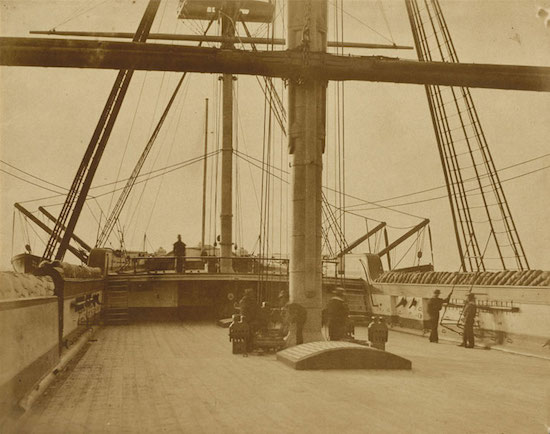
Linnaeus Tripe, Madura: The Vygay River, with Causeway, across to Madura, January–February 1858, albumen print, National Gallery of Art, Washington, The Carolyn Brody Fund and Horace W. Goldsmith Foun
Expositions du 26/11/2014 au 4/1/2015 Terminé
National Gallery of Art 6th Street & Constitution Avenue NW DC 20565 Washington, France
Captain Linnaeus Tripe (1822–1902) occupies a special place in the history of 19th-century photography for the outstanding body of work he produced in India and Burma (now the republic of Myanmar) between 1854 and 1860. Although he learned photography in Great Britain from amateurs who considered it a pastime, he recognized that it could be an effective tool for conveying information about unknown cultures and regions. With few models to follow, Tripe developed a professional practice under the auspices of the large bureaucracy of the British East India Company. Reflecting his military discipline as an officer in the British army, he achieved remarkably consistent results, despite the Indian heat and humidity, which posed constant challenges to photographic chemistry. In addition, Tripe’s schooling as a surveyor, where the choice of viewpoint and careful attention to visual details were essential, gave his photographs their distinctive aesthetic rigor.
National Gallery of Art 6th Street & Constitution Avenue NW DC 20565 Washington, France

Linnaeus Tripe, Quarterdeck of HMS “Impregnable,” 1852–1854,
albumen print,
National Gallery of Art, Washington, William and Sarah Walton Fund, Diana and Mallory Walker Fund, and The Horace W. Goldsmith Foundation through Robert and Joyce Menschel, 2010

